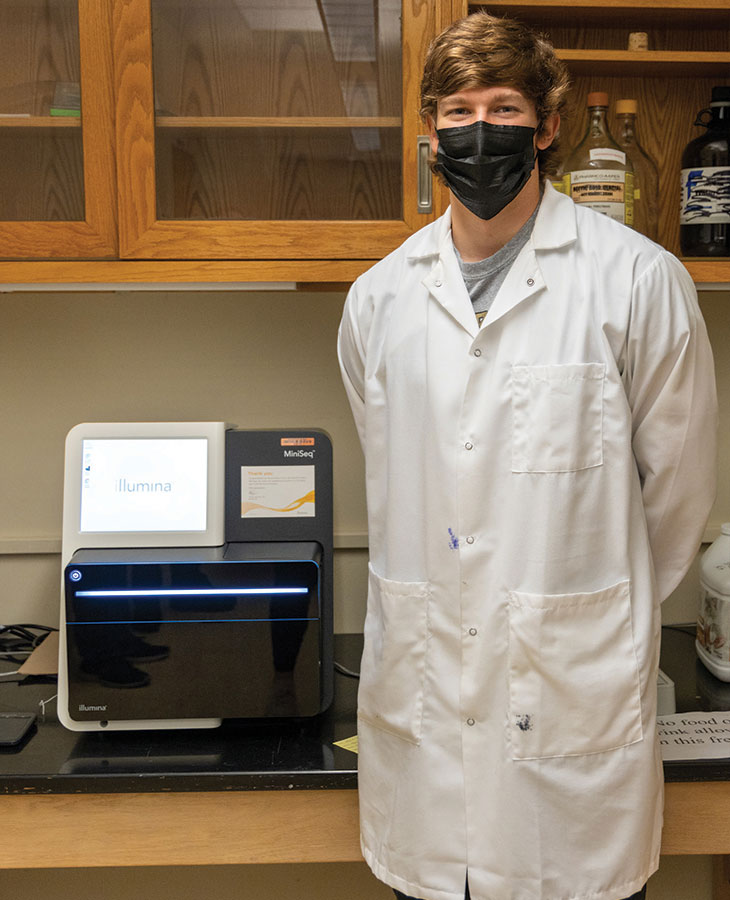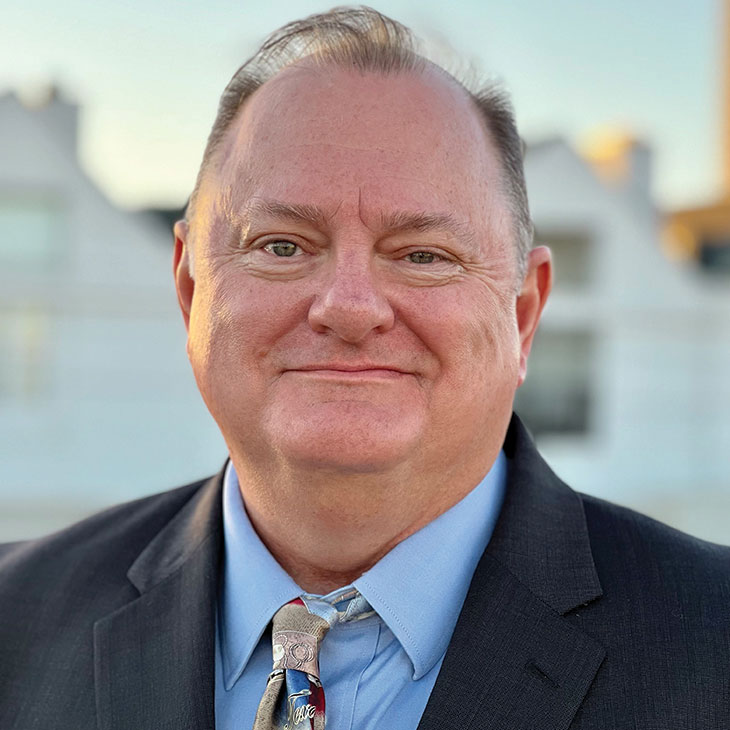
More to the Ordinary
Friday, December 17, 2021
Media Contact: Samantha Siler | Communications and Marketing Manager | 405-744-2977 | samantha.siler@okstate.edu
When entering an operating room, it gives the impression of a tense environment. Guests flood the hallways and waiting rooms, doctors tend to their patients, phones ring and chairs squeak. What sounds like chaos is a normal day in the office for an ordinary man.
Dr. James Stuart Jackson, anesthesiologist at Memorial Hermann Hospital in Houston, views his life to be ordinary, he said, and yet his everyday actions are extraordinary to some. Working hard and sacrificing time with his loved ones has allowed him to give back to his alma mater, Oklahoma State University, he added.
Originally from Stillwater, Oklahoma, Jackson always wanted to attend OSU and had a passion for science since he was a young child, he said. After graduating from OSU in 1983 with a bachelor’s degree in biochemistry and molecular biology, he attended the University of Oklahoma College of Medicine, he said.
During his time at OU, Jackson said he found his interest in anesthesiology. Upon graduation in 1987, he moved to Texas to complete his residency training at the University of Texas Medical Branch in Galveston, Texas.
“While at OU, it was 60 to 80 hours per week of commitment to studying and attending class,” Jackson said.
After completing his medical training, Jackson moved to Austin, Texas, to work with Capital Anesthesia from 1991 to 1995. He then moved to Houston, where he still resides with his family, to work at what is now known as U.S. Anesthesia Partners.

As one of 125 founding partners in USAP, he helped grow a company that started with 15 anesthesiologists and now has expanded nationwide, Jackson said.
“It’s a grueling amount of work for 20 to 30 years to build up a successful business, but that’s what we did,” Jackson said.
After moving to Houston, Jackson met his wife, Dr. Julie Jackson, in 1996. They have been married for 23 years and have two children, Rebecca and Jay.
“Stuart is a very caring person with a bubbly personality and a servant’s heart,” Julie Jackson said.
Stuart Jackson wanted to help OSU students by having a positive impact on their research, Julie Jackson said. Donating the funds for an Illumni Miniseq, a next generation DNA sequencer, was the exact fit he was looking for, she added.
Her husband is someone who carefully looks at his surroundings, analyzes the situation, and asks how he can further help, she said.
“Stuart has always struck me as one of the most highly intelligent people I have ever worked with,” said Dr. David Walker, USAP anesthesiologist. Stuart Jackson has always been a larger-than-life person and you will ever doubt him in any situation, Walker added.
While at UTMB, Jackson earned his pilot license, allowing him to travel wherever he likes in a short time frame, he said.
“When we were dating, we lived 45 minutes apart from each other, and on the weekends Stuart would jump in his plane to visit me and take me out to dinner,” Julie Jackson said.
His life’s passion now is to spend time with his children because of the demanding hours he had when they were little, she said.
You will either find him with his son on Boy Scout adventures, hanging out with his beagle, Paco, or volunteering at the local food bank, she added.
OSU is near and dear to his heart, and he has always been a believer in giving back, Julie Jackson said. He likes to see physical change, she added.
Biochemistry is a hands-on learning experience, Stuart Jackson said. The BIMB department did not have access to equipment of this magnitude at the time, he said.
“With this DNA sequencer, they can take real-world problems and use them in a teaching setting to generate data and analyze it,” Stuart Jackson said.
Not many colleges have this innovative technology among their teaching programs, he added.
“This provides the department the ability to show students how easy it is to operate this complex machine and how to produce a complete bacterial closed circular chromosome in real time,” said John Gustafson, BIMB department head.
Hands-on exposure in a research setting gives students the opportunitymto answer questions they have in the classroom, Gustafson said.
“This technology has massively changed the world of medicine and will continue to do so for years to come,” Gustafson said.
With the donation made by Stuart Jackson, an ordinary man working hard to be successful, students can analyze data in a way they have never seen before, Gustafson said.
Story By: Baylee Hogan | Cowboy Journal
